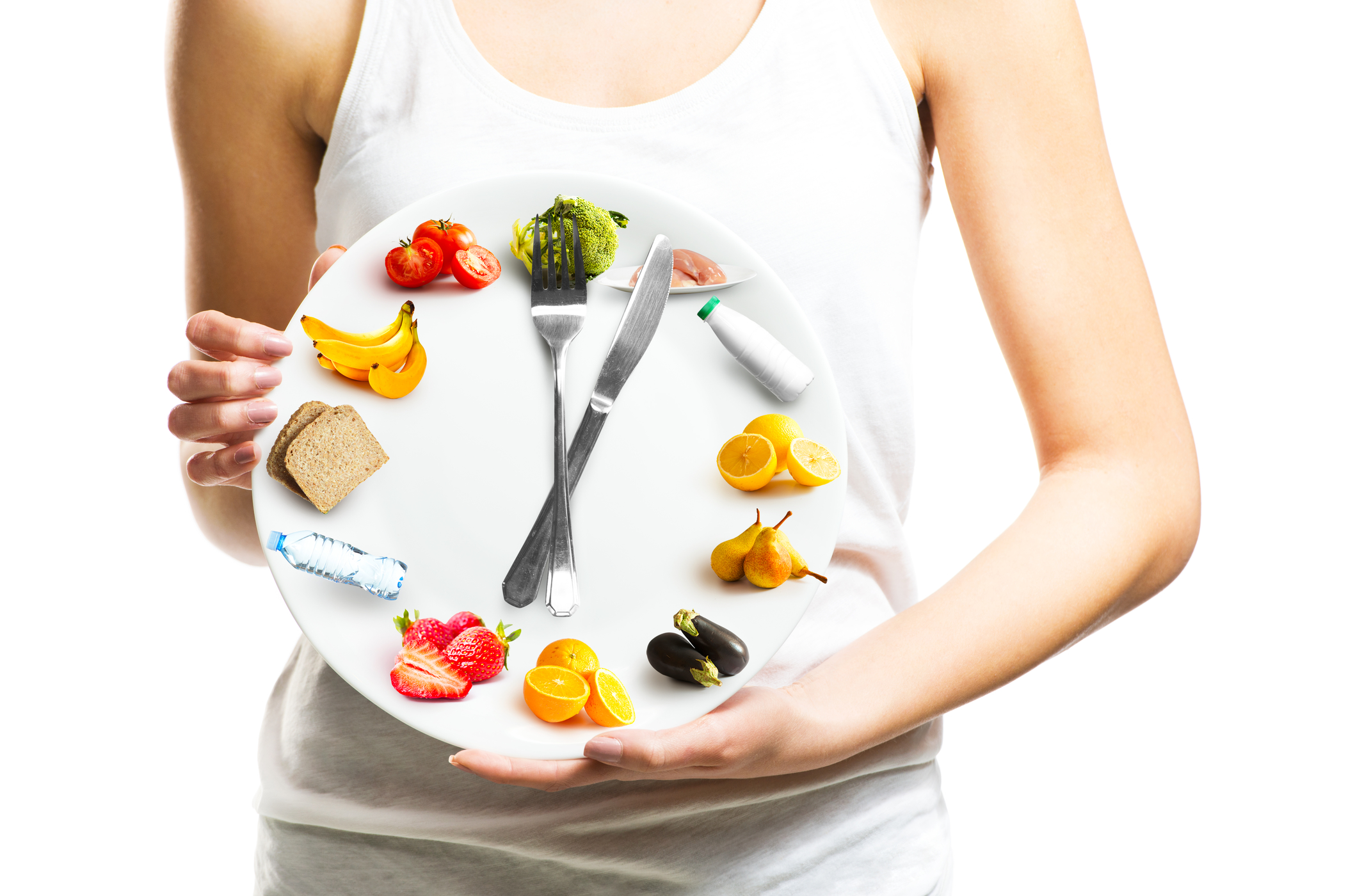13 Tips To Make Snacking Healthier Right Now
Food is necessary for maintaining health and life and snacking is a behaviour that can stem from hunger, but can also be triggered by other factors. Sometimes people find themselves snacking to help relieve stress, to avoid negative emotions, sometimes out of boredom or when feeling celebratory. There are numerous other reasons other than hunger why people find themselves snacking. Often, when snacking, the foods chosen are not of the healthiest variety. Whether snacking from hunger or for another reason, the following are thirteen tips for making snacking healthier.
Try Not To Skip Meals

Skipping meals causes blood sugar levels to nosedive and the body to begin craving sugary foods. Sugary foods offer a quick boost of energy, but soon afterwards, the body will likely experience a crash dive in energy, which creates more craving for sugary foods to get the energy levels back up. It is important not to skip meals and to eat at least three balanced meals per day to prevent this vicious cycle. Nutritional experts advise eating fifty percent vegetables, twenty-five percent complex carbs, and twenty-five percent protein at each meal. Including healthy fats also helps maintain stable blood sugar levels. If feeling hungry in between solid meals, reaching for a snack is necessary, but select a healthy option such as an apple or piece of cheese. Avoid snacking on simple carbs that offer little nutritional value like chips, candy, and cake.
Identify Hunger Cues And Do Not Ignore Them

Hunger cues can be experienced uniquely, so it is important to identify one’s hunger cues and not ignore them. Hunger cues may include a growling stomach, headache, feeling light-headed, fatigue, irritation, etc. In a busy world, it is easy to avoid and ignore hunger cues in order keep going with work, school, or whatever it may be. However, the problem with avoiding or ignoring hunger cues is that it can encourage overeating later in the day. As the hunger builds and triggers for snacking become stronger, the cravings hit harder, and the ability to make healthier eating choices diminishes. At that point, people are more likely to find themselves selecting foods lacking in nutritional value and eating way too much of it.
